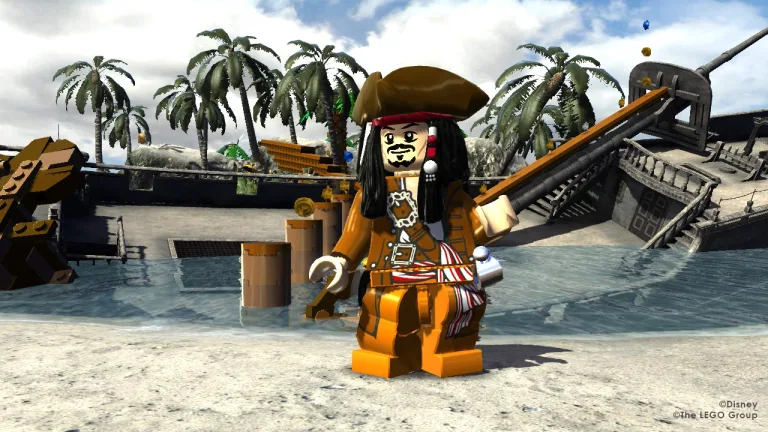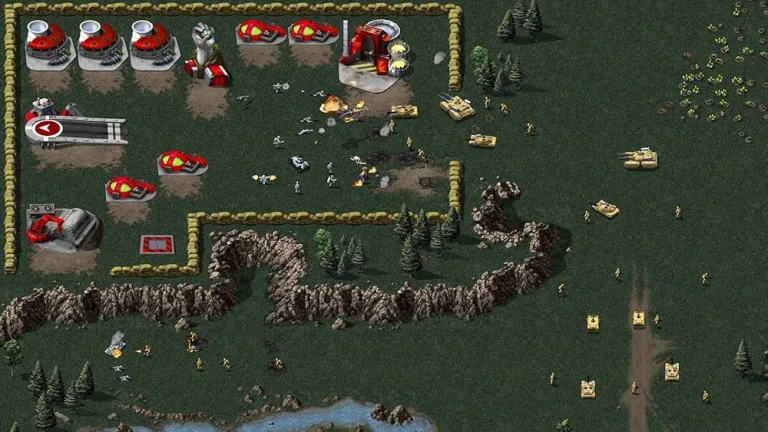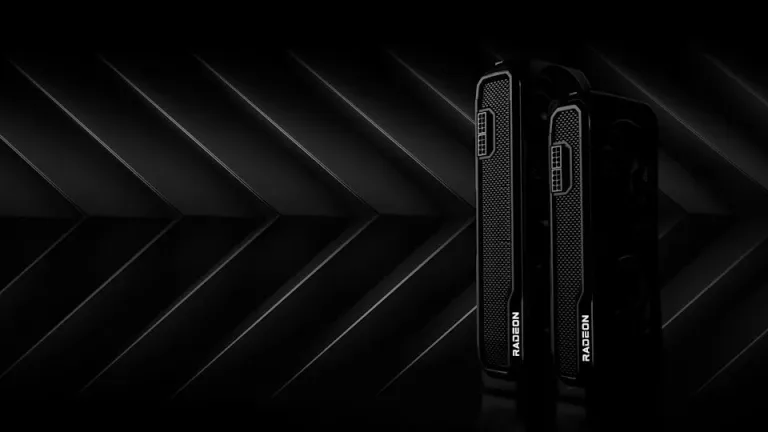In the ever-evolving world of video games, preserving the classics is a mission that resonates deeply with...
Day: February 28, 2025
In a groundbreaking move that has thrilled gamers and developers alike, Electronic Arts has released the source...
AMD has officially unveiled its latest graphics card, the Radeon RX 9070 XT, alongside its sibling, the...




